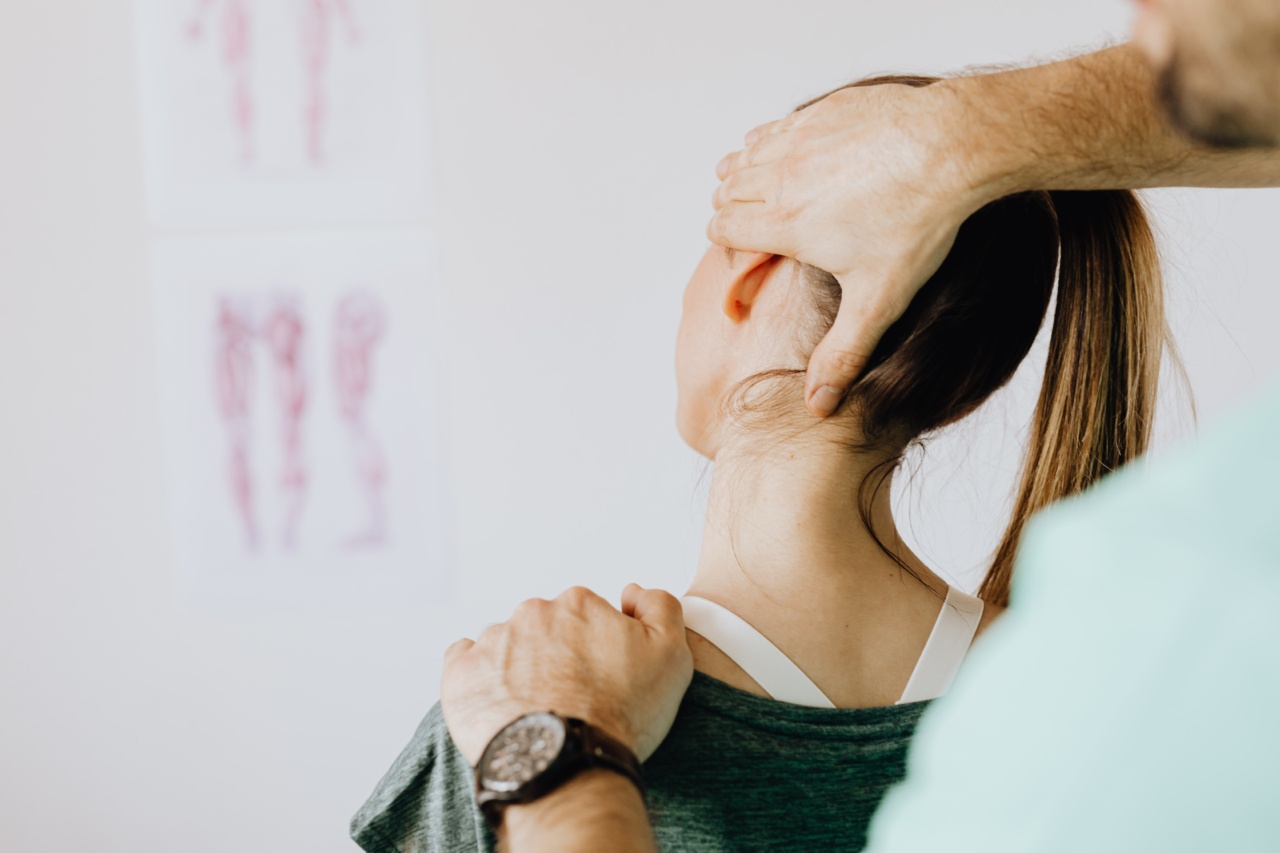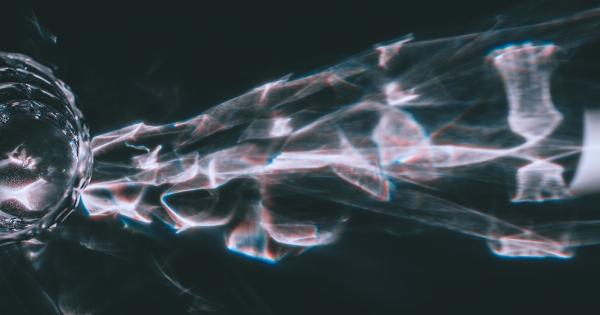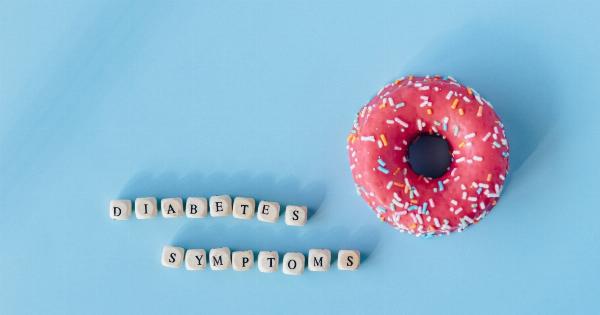A stiff neck is a common problem that can happen due to various reasons such as poor posture, sudden twisting of the neck, sleeping in an awkward position, and more.
The stiffness in the neck can cause pain and limit movement, making everyday tasks challenging.
Thankfully, there are some precautions that you can take to prevent and manage a stiff neck. Here are six methods for relief:.
1. Maintain Proper Posture
Posture is important for the health of the spine, neck, and shoulders. Sitting or standing in an incorrect position can cause tension and strain in the neck muscles, leading to stiffness. To maintain proper posture:.
- Keep your shoulders relaxed and rolled back, with the head straight and aligned with the spine.
- Keep the computer screen at eye level.
- Use a good-quality chair that supports the lower back and neck.
2. Stretching
Stretching helps to increase flexibility and reduce tension in the neck muscles. Some of the commonly recommended neck stretches include:.
- Chin Tucks: Sit up straight and then gently tuck your chin towards your chest.
- Side Bends: Tilt your head to the right, bringing your ear close to the shoulder and hold for a few seconds. Repeat on the left side.
- Shoulder Rolls: Roll your shoulders up, back and down, making a circle movement.
3. Cold and Warm Compresses
Cold and warm compresses can help to relieve pain and stiffness in the neck. Using an ice pack or cold compress helps to reduce inflammation and swelling, while a warm compress helps to relax the muscles. To do this:.
- For cold compresses, wrap a pack of ice in a towel and place it on the affected area for 10-15 minutes at a time.
- For warm compresses, place a warm towel or heating pad on the affected area for 15-20 minutes at a time.
4. Massage
Massaging the neck muscles can help to relieve tension and reduce stiffness. To do this:.
- Use your fingers to apply gentle pressure on the sore area of the neck and massage in circular motions for a few minutes.
- You can also use a foam roller or a massage ball to apply pressure on the neck muscles.
5. Avoid Holding Your Phone Between Your Shoulder and Ear
Holding your phone between your shoulder and ear can cause tension and strain in the neck muscles, leading to stiffness. To prevent this:.
- Use a hands-free device to make phone calls.
- If you have to use your phone, hold it with your hand or use a phone stand.
6. Visit a Doctor If the Problem Persists
If the stiffness in your neck persists for more than a few days or is accompanied by other symptoms such as a headache, fever, or numbness, it is best to see a doctor.
The doctor may recommend further tests and prescribe medication or physical therapy to relieve the symptoms.
By taking the mentioned precautions, you can prevent and manage a stiff neck effectively. However, if the pain persists, consult with a healthcare provider.



























